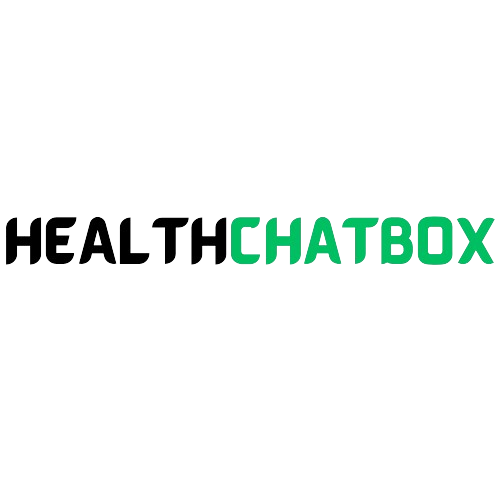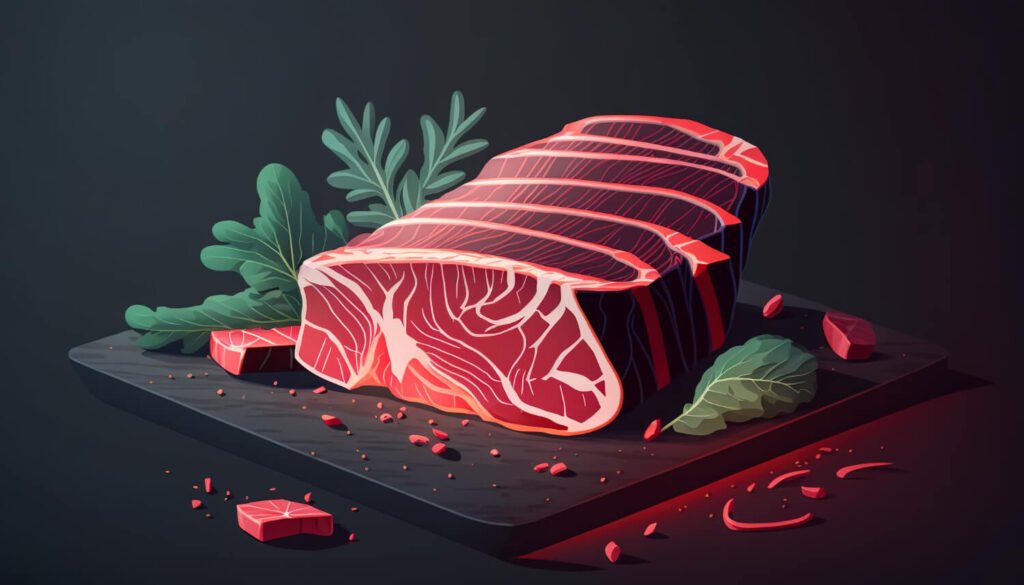How much red meat is bad for our health?
Red meat is one of the sources of animal protein, iron, zinc, thiamine, riboflavin, selenium, and vitamin B12. It also contains all the essential amino acids required by the body. Red meat is easily able to meet daily protein needs. It helps in the production of hemoglobin in the body. Let’s now try to know how much red meat can be eaten and how much red meat is harmful to health.
how much red meat should you eat?
Red meat is also known as mammalian meat. These include beef, lamb, pork, and mutton. According to researchers, red meat contains high levels of protein, vitamin B-12, iron, zinc, vitamin D, and omega-3 fatty acids, all of which are essential for the body. Furthermore, red meat contains a lot of fat and cholesterol, which can raise blood pressure, and cause heart disease, obesity, and cancer, among other health problems. Overall, red meat can be a healthy food if consumed in small portions, excluding meat fat. Red meat with low-fat content is a healthy food for children, adolescents, young adults, and pregnant women.
The Risks of Consuming Too Much Red Meat and Fat.
increased risk of cardiovascular disease
Red meat-heavy in saturated fat, cholesterol, and triglycerides can cause high blood pressure. This causes artery blockages, which increases the risk of a heart attack or stroke. And with it comes death.
There is the danger of colon cancer
Several studies have found that eating a lot of red meat, especially when processed and fried with oil and spices, increases the risk of colon cancer.
Increased weight.
Red meat is high in fat and cholesterol, which can contribute to weight gain, obesity, and diabetes. Many individuals consume soft drinks or soft drinks to help with digestion after eating meat, which is extremely unhealthy. However, it might also result in weight gain.
Higher levels of cholesterol
As you are aware, excessive cholesterol levels can cause a variety of health issues. A diet heavy in saturated fats, particularly trans fats, raises the risk of heart disease and stroke.
There is a risk of elevated blood
Excess sodium in red meat is extremely detrimental to the body. Sodium plays a significant influence in raising blood pressure. Eating too much meat might cause high blood pressure. Patients with depression should avoid red meat.
Digestive difficulties
Consuming too much fatty and spicy food might cause stomach issues. For example, acidity, stomach ulcers, and so forth.
Risk of constipation
Fiber-rich foods include fruits, vegetables, and whole grains. This diet also helps to maintain regular stools. Constipation is the first indication of fiber insufficiency. Consuming too much meat might cause constipation. As a result, it is critical to incorporate fiber-rich foods in your regular diet.
higher chance of kidney stones.
The kidneys may suffer from an overabundance of protein. Purine, a chemical found in vast quantities in animal proteins, is transformed into uric acid. Elevated uric acid levels increase the chance of developing kidney stones.
Lack of nourishment
A diet heavy in saturated fats can cause deficits in important vitamins, minerals, and fiber. A nutrient deficit happens when you do not consume a well-balanced diet.
What do you do to maintain your health?
Dietary modification
Reduce the quantity of meat and fat in your diet. Choose lean meat and cook with less spices to prevent a negative impact on your health.
The meal menu is diverse.
To achieve your nutritional needs, eat more fruits and vegetables, whole grains, and low-fat proteins.
Cooking Techniques
It’s important to become acclimated to baking, steaming, and cooking with a little oil. You may use either coconut or olive oil. Long cooking times and excessive heat reduce the nutritional value of vegetables. Pay attention to that.
An alternate source of protein
Plant-based protein sources such as soy, tofu, beans, or a variety of legumes can replace red meat in your diet. Chicken and fish can also be included in your diet. In a nutshell, you should pick low-fat meals.
Beware of some things.
If there is red meat on the menu, you cannot eat too much. You can occasionally consume a small amount. Suppose you ate more rich meals in the afternoon; keep soup or a light meal for dinner. A simple rule for keeping nutritional balance is to share food on the plate. Protein items should occupy no more than one-fourth of the plate. Fill half of the platter with veggies and salad, then decorate the remainder with cereal.
I hope you now realize how much consuming red meat is bad for our health. To avoid high blood pressure, heart disease, and cancer, it is essential to maintain a healthy diet. Be aware of the time! Today, I’ll be returning with something new. Be good.

